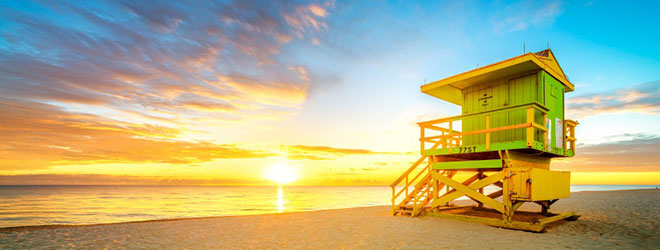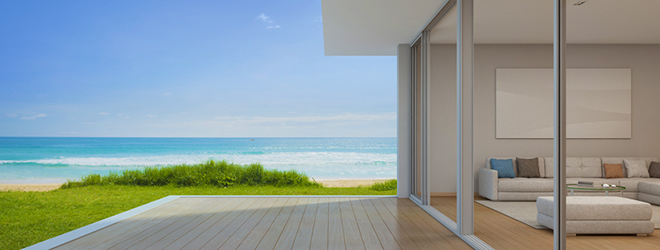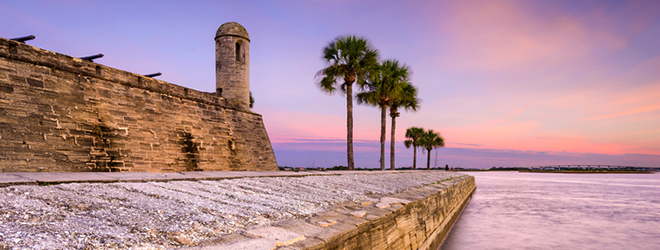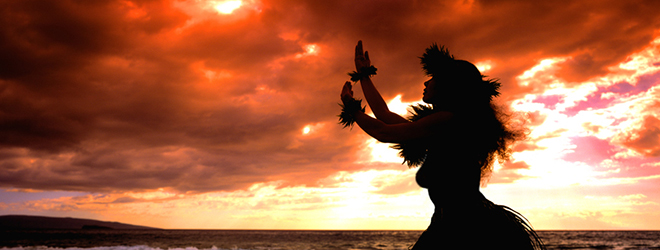The picturesque fishing village of L'Estaque is just a short bus or boat ride from Marseille's metropolitan sprawl, but it offers an entirely different experience from its colossal neighbor.
With its calmer port area and serene streets, the town makes it easier than you'd think to forget about French big city life for a few hours.
 Photo: Theresa Boehl
Photo: Theresa BoehlL'Estaque is, in fact, technically part of Marseille's northernmost 16th arrondissement, but this little corner of the city might have been glossed over by most travelers had it not been for Paul Cézanne's famed interpretations of the area's landscape.
A former hangout for Impressionist and Post-Impressionist painters like Cézanne, Georges Braque, André Derain and a handful of others, the village sits near the Nerthe mountain range on a bay that offers impressive views of Marseille's city center, including the Notre-Dame de La Garde landmark.
 Photo: Theresa Boehl
Photo: Theresa BoehlIt's worth a day spent getting to know this district and the superb beaches that fringe its outer edges. Even just an afternoon will do.
The Old Port
The best place to start is the Old Port, home to a collection of watercraft forming a maritime forest of masts, with shadowy mountains in the distance. It's not a hive of activity like Marseille's Old Port, but it's a calm place to stroll, snap a photo and breath in the fresh, salty breezes.
 L'Estaque's Old Port. Photo: Theresa Boehl
L'Estaque's Old Port. Photo: Theresa BoehlPass by Espace Mistral, the grassy bayfront park, where families picnic and retirees challenge each other to a game of Pétanque.
Dining and Drinking
Lunch spots line Plage de L'Estaque, the street facing the port in L'Estaque Village. Signs advertising plats du jour tend to focus on fresh fish — no surprise there. Though the bars on this strip will be rather subdued in the daylight hours, there's still never a bad time to stop in for a glass of wine.


 Chichi frégi. Photos: Theresa Boehl
Chichi frégi. Photos: Theresa BoehlSmaller appetites can make do with the town's specialty snacks sold at stands sprinkled near the port: chichi frégi, a subtly sweet fried pastry covered with sugar or other toppings, and panisses, bite-sized discs of chickpea batter, piping hot and salty, sold by the dozen.
Burn off the calories with a hike uphill to the inner streets of the village, where most tourists presumably don't bother to wander. Grab a coffee or pastry at a neighborhood boulangerie, admire the colorful dwellings, or simply get a birds-eye view of the port and the coast.
 Photo: Theresa Boehl
Photo: Theresa BoehlSave some energy, though, for the trek to the Plages de Corbière: If you opt not to take the 35S bus from the town center, it's roughly a mile's walk. It's not a very scenic journey, except for the views of grey mountain masses that seem to swell as you trudge on.
The Beaches
The Plages de Corbière form a collection of three surprisingly distinct spaces: Plage de La Batterie, with smooth white sand, tranquil waves and a few palm trees poking up into view; Plage du Fortin, with emerald waters, rocky shores and the looming mountainside aqueduct; and Plage de La Lave, another lagoon-like beach bordered by a concrete walkway. There are public bathrooms and showers available nearby.
 Plage de la Batterie. Photo: Theresa Boehl
Plage de la Batterie. Photo: Theresa Boehl Plage du Fortin. Photo: Theresa Boehl
Plage du Fortin. Photo: Theresa Boehl View from Plage du Fortin. Photo: Theresa Boehl
View from Plage du Fortin. Photo: Theresa BoehlWatch our video on the Plages de Corbière:
Want to explore coastal villages in the Mediterranean? Check out our flights, hotels, or vacation packages to plan your trip.





